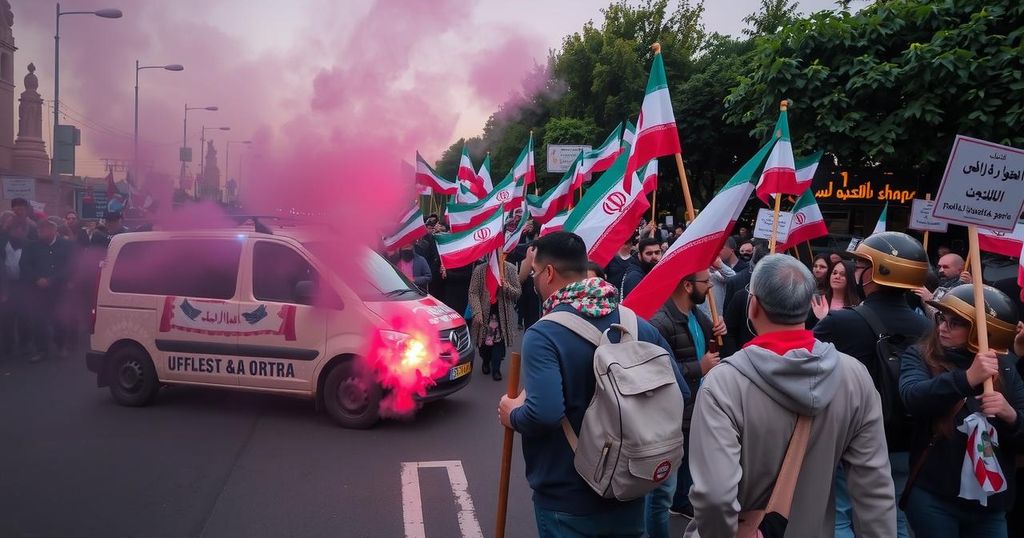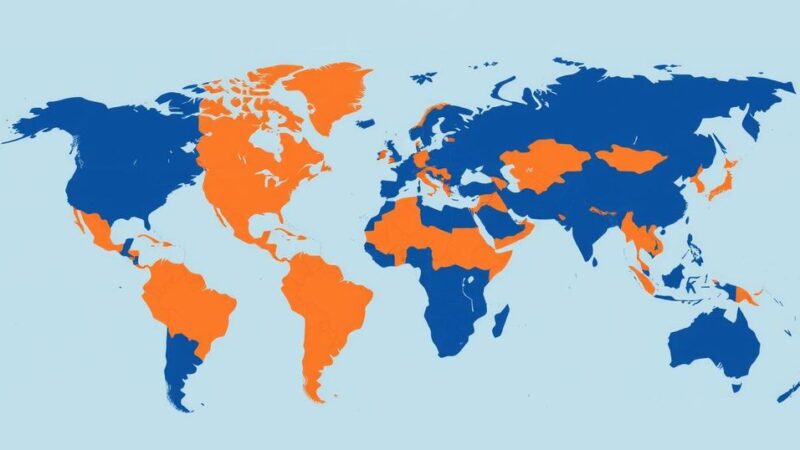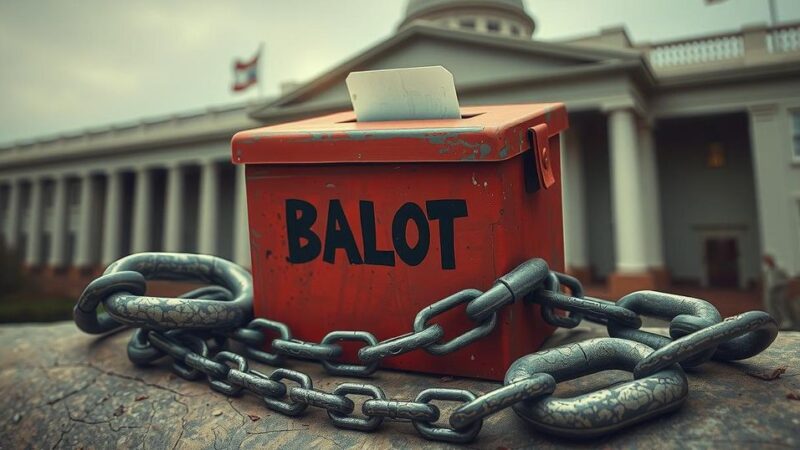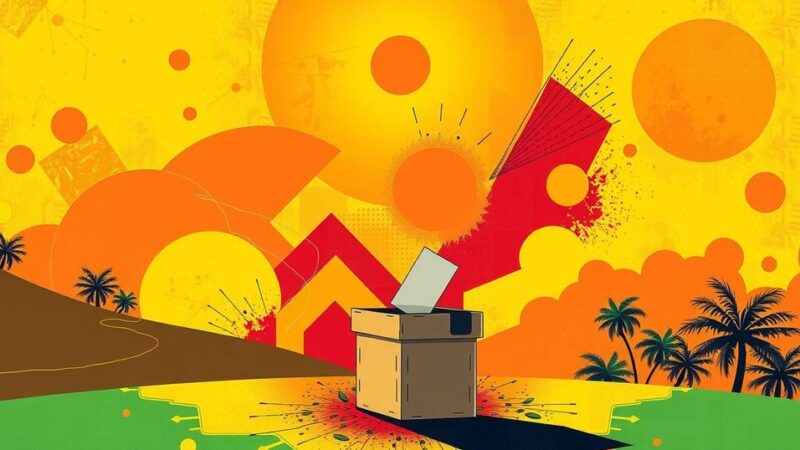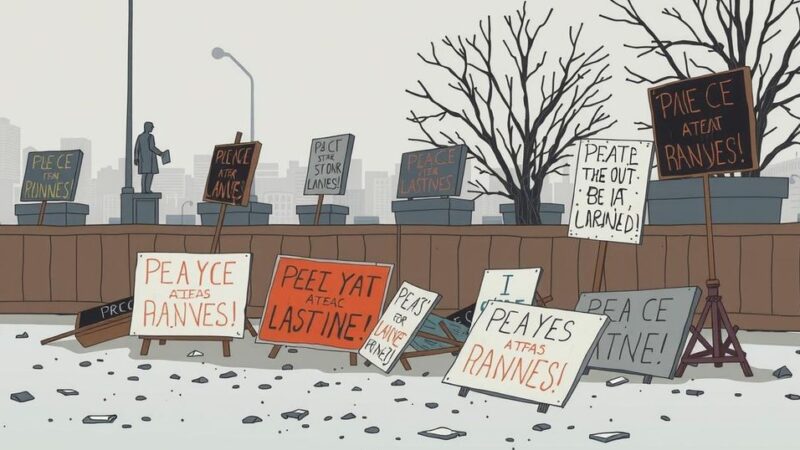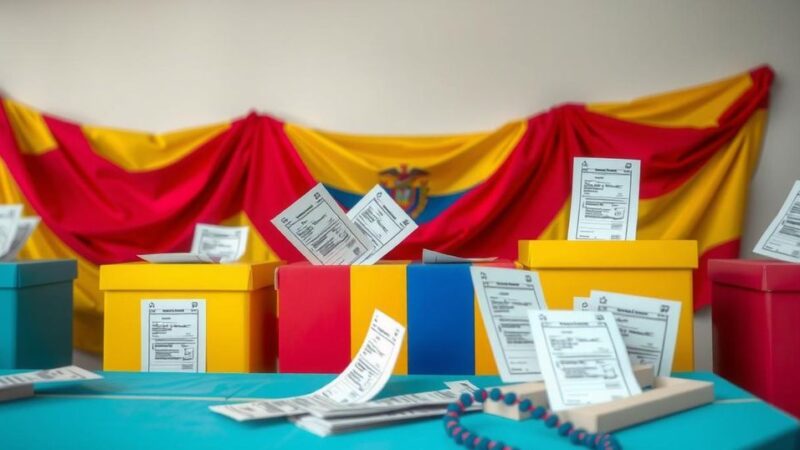On December 29, 2024, protests and strikes erupted across Iran due to escalating inflation, high prices, and deteriorating living conditions. Merchants and retirees expressed their frustrations in cities like Tehran and Ahvaz, demanding economic reforms and better pensions. The ongoing unrest highlights a significant dissatisfaction with the regime’s management of the economy, prompting concerns of potential hyperinflation and broader instability.
On December 29, 2024, Iran experienced a significant surge in protests and strikes across numerous cities as citizens expressed their growing discontent towards soaring inflation, prohibitive prices, and increasingly poor living standards. A diverse array of participants, including merchants, retirees, and laborers, took to the streets demanding substantial economic reforms and accountability from the Iranian government.
The Grand Bazaar in Tehran became a pivotal site for these demonstrations, with merchants from varied sectors closing their storefronts to partake in strikes. Protesters were vocal, chanting encouraging slogans such as “Don’t be afraid, close your shops!” and “Bazaar with integrity, show your support!” This movement spread to other critical markets where merchants highlighted severe challenges such as rising material costs and financial instability. A merchant noted, “Rising exchange rates have made raw materials unaffordable, forcing workshops to shut down.”
In cities such as Ahvaz, Shush, Isfahan, and Qaemshahr, retirees protested for increased pensions that align with the surging cost of living, resonating chants of, “Enough with the warmongering; our tables are empty!” In Ilam, employees of a Medical Sciences University demanded better working conditions alongside delayed payments. Similarly, workers from the Frico Cooking Oil Company rallied for overdue wages and insurance, illustrating the pervasive nature of the economic distress.
The driving force behind these protests lies in the deteriorating economic situation characterized by unprecedented inflation and a plunge in currency value. Gold prices had skyrocketed, with certain coins reaching over 57 million tomans, prompting economic experts to caution about potential hyperinflation and deepening instability. An economic analyst remarked, “The rising dollar will soon impact other essential markets, shrinking people’s purchasing power even more.”
As protests continued, security forces monitored the situations in major cities; however, demonstrators remained resolute. The Coordination Council of Retirees criticized the government for its neglect towards citizen welfare and prioritization of military and ideological ventures over pressing social issues. Furthermore, the exodus of over 11,500 healthcare workers in the previous two years highlighted serious crises in critical sectors, exacerbating public dissatisfaction.
The protests reflect a significant and growing sentiment of dissatisfaction across Iran’s populace, indicating increasing unity among various societal factions that are decrying economic hardship and systemic corruption. Such sentiments, coupled with ongoing protests and strikes, pose a severe challenge to the Iranian regime, with analysts foreseeing the potential for broader unrest as citizens persist in their demands for change.
The protests in Iran stem from widespread economic challenges, including record-breaking inflation and a sharp decline in the national currency’s value, exacerbating citizens’ dissatisfaction. The recent unrest highlights a growing dissatisfaction that transcends various demographics, showcasing the collective grievances regarding diminishing living standards, mismanagement by the government, and lack of accountability. As inflation spirals and essential commodities become unaffordable, more sectors are prompted to join the demonstrations in hopes of enacting change.
The mass protests and strikes across Iran serve as a powerful statement against the economic hardships faced by citizens, underscoring their demands for reform and accountability from the Iranian regime. The persistence and unity among diverse groups amid worsening economic conditions highlight a significant challenge to the regime’s stability. Analysts warn that the current discontent could lead to broader unrest, further complicating the already precarious socio-political landscape in Iran.
Original Source: www.ncr-iran.org
